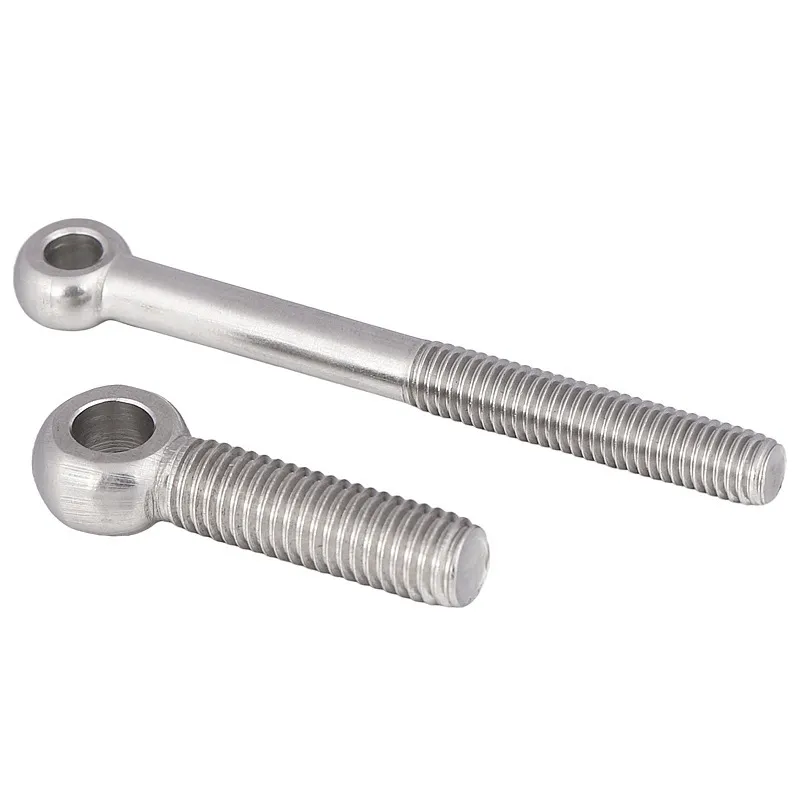

16mm flange nut
Nov . 14, 2024 02:41 Back to list
16mm flange nut
Understanding the 16mm Flange Nut A Comprehensive Overview
In the realm of mechanical engineering and construction, nuts and bolts are the quintessential elements that hold together various structures and components. One such crucial fastener is the 16mm flange nut. This article aims to provide a comprehensive understanding of the 16mm flange nut, including its design, applications, benefits, and maintenance.
What is a Flange Nut?
A flange nut is a type of nut that comes with a wide, raised flange at one end. This flange acts as an integral part of the assembly, providing a larger bearing surface that helps distribute the load over a wider area. Unlike standard nuts, which may dig into the material they are fastening, flange nuts reduce the risk of damage and improve grip, making them suitable for a variety of applications.
Key Features of the 16mm Flange Nut
The specific designation 16mm refers to the diameter of the nut's internal thread. Typically, this dimension indicates that the nut is designed to fit a bolt with a corresponding diameter, in this case, a 16mm bolt. Some key features of a 16mm flange nut include
1. Material Composition Flange nuts can be made from various materials, including steel, stainless steel, brass, or nylon. The choice of material often depends on the application, required strength, and environmental conditions. 2. Thread Form The threads of a 16mm flange nut may come in different forms, such as coarse or fine, depending on the specifications of the bolt it will be used with. The thread quality impacts the reliability and torque capacity of the assembly.
3. Finish Flange nuts can be coated or uncoated. Common finishes include zinc plating, which provides corrosion resistance, or a more robust coating like black oxide for heavy-duty applications.
4. Standardization Flange nuts are often standardized according to specifications set by organizations like the American National Standards Institute (ANSI) or the International Organization for Standardization (ISO), ensuring compatibility and safety in various applications.
Applications of the 16mm Flange Nut
The versatility of the 16mm flange nut makes it suitable for numerous applications across different industries
1. Automotive In vehicle manufacturing and repair, the 16mm flange nut is commonly used in engine assemblies, transmission mounts, and exhaust systems. Its ability to manage vibration and impact loads makes it particularly valuable in automotive applications.
16mm flange nut

2. Construction In building structures, flange nuts are ideal for fastening steel girders, frames, and machinery. The flange design helps prevent loosening due to vibrations, ensuring structural integrity over time.
3. Machinery Many industrial machines utilize flange nuts in their assemblies. Whether it's a production line conveyor belt or heavy equipment, these nuts provide the stability required for safe operation.
4. Furniture Manufacturing With an increase in DIY furniture assembly offerings, 16mm flange nuts are commonly found in flat-pack furniture designs. Their ability to provide greater surface area contact ensures a durable final product.
Benefits of Using a 16mm Flange Nut
1. Enhanced Load Distribution The wide flange design allows for better load distribution over the surface of the material, reducing the chance of failure due to localized stress.
2. Improved Torque Resistance The flange design provides an increased contact area, allowing for better torque retention compared to standard nuts.
3. Ease of Installation Flange nuts are often easier to position and torque, given their built-in washer-like flange, which can simplify assembly processes.
4. Reduced Risk of Damage The larger surface area of the flange means that it is less likely to damage the material it is fastened to, minimizing the risk of stripping threads or breaking components.
Maintenance and Considerations
To ensure the longevity of a 16mm flange nut assembly, regular maintenance checks are advisable. This includes inspecting for corrosion, especially in outdoor or harsh environments. Additionally, ensuring that the nut is tightened to the manufacturer's recommended torque specification can help prevent loosening during operation.
In conclusion, the 16mm flange nut is a vital component in various mechanical and structural applications. Its design offers numerous benefits, including load distribution, torque resistance, and ease of installation. Understanding its features and applications can help engineers and builders make informed choices about their fastening needs.
Latest news
-
Premium Self Tapping Metal Screws: Strong & Easy Install
NewsAug.02,2025
-
Premium Fasteners Manufacturer | AI-Driven Solutions
NewsAug.01,2025
-
Hot Dip Galvanized Bolts - Hebei Longze | High Strength, Corrosion Resistance
NewsAug.01,2025
-
High-Strength Hot Dip Galvanized Bolts - LongZe | Corrosion Resistance, Custom Sizes
NewsAug.01,2025
-
Best Self Tapping Screws for Drywall - Fast & Secure Installation
NewsJul.31,2025
-
High-Strength Hot Dip Galvanized Bolts-Hebei Longze|Corrosion Resistance&Customization
NewsJul.31,2025

